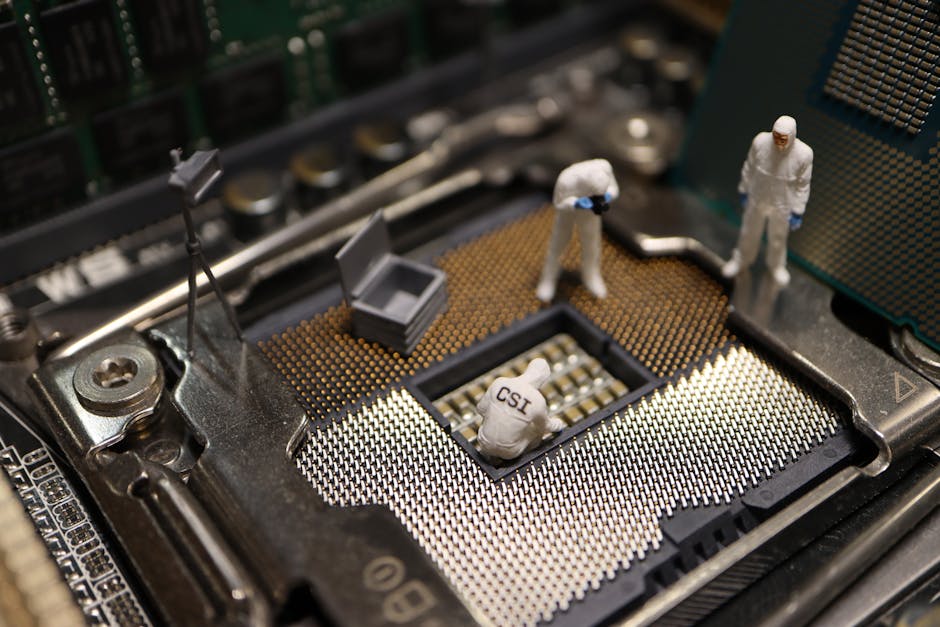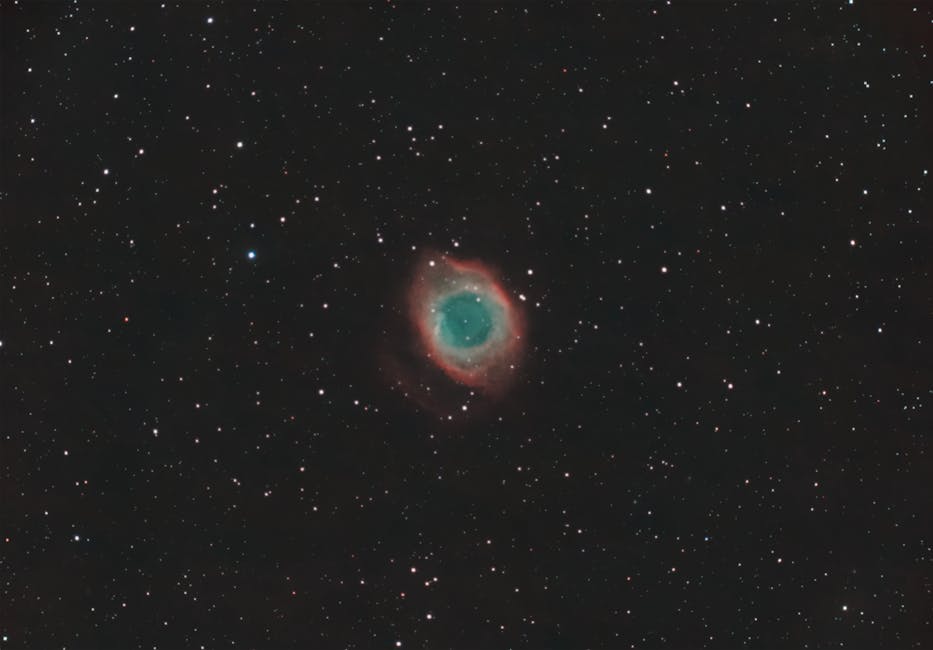The universe is full of fascinating mysteries, and one of the most intriguing is the behavior of black holes. Astronomers have recently observed an extraordinary event: a black hole “snacking” on a star, creating the most luminous burst of light ever detected. This phenomenon, known as a superflare, offers a unique opportunity to study the extreme conditions near black holes. This event is a reminder of the power and scale of the cosmos. Understanding these events can help to better understand the universe. You’ll learn to observe black hole activity and what astronomers are learning from these events.
Table of Contents
We Also Published
Astronomers have observed a cosmic event of epic proportions: a black hole devouring a star, resulting in a superflare of unprecedented luminosity. This phenomenon, which emitted light 10 trillion times brighter than the Sun, provides invaluable insights into the extreme physics near black holes and the violent processes that govern the universe.
The Discovery of an Unprecedented Cosmic Fireworks Display
In 2018, astronomers first detected an object that initially seemed unremarkable. However, its behavior over time revealed a spectacular event: a superflare. This extraordinary burst of light, originating from a black hole, has become the brightest ever observed. The black hole’s dramatic consumption of a star, at least 30 times the Sun’s mass, produced this extraordinary display.
Initial Observations and Subsequent Investigation
Initially, the object’s light emission appeared unexceptional, leading to a degree of underestimation regarding its significance. Subsequent analysis, particularly in 2023, revealed the sustained brightness of the object over several years. This led to more detailed observations using advanced instruments, such as the W. M. Keck Observatory, to measure its distance, which was determined to be approximately 3 million kiloparsecs, or 10 billion light-years away.
The extraordinary luminosity of the flare, 30 times brighter than any previously recorded black hole event, necessitated a thorough investigation to determine its origin. The team considered several possibilities, including supernovae and gravitational lensing effects, but ultimately favored a more compelling explanation.
The Stellar Demise: A Black Hole’s Dinner
The leading theory posits that the superflare resulted from a massive star venturing too close to the black hole. As the black hole’s intense gravity tore the star apart, its material formed a disk, emitting powerful jets of light. This process, known as tidal disruption, caused the flare to become 40 times brighter than its original state.
The prolonged duration of the flare indicates that the star’s complete consumption is ongoing. This ongoing process offers astronomers a unique opportunity to study the dynamics of black hole-star interactions, including the behavior of the jets as they interact with surrounding gas and dust.
Future Prospects and Implications for Cosmic Research
The continued monitoring of this event will provide critical data on how these jets of light evolve over time. Furthermore, the discovery of this superflare suggests that similar events may be more common than previously thought. Future sky surveys are expected to uncover many more instances of these phenomena, allowing for a deeper understanding of black hole behavior and the frequency of stellar tidal disruptions.
Long-Term Observational Challenges
The immense distance of the black hole presents significant challenges for observation. The time scales involved are greatly extended, with seven Earth years required to observe just two years of the black hole’s activity. This effectively slows down the process, allowing astronomers to observe the star’s demise at a quarter of its actual speed.
The Significance of Superflares in Astrophysics
The study of superflares offers a unique opportunity to understand the extreme physics near black holes. The data gathered provides insights into the dynamics of tidal disruption events and the properties of the jets of light produced during these events. Through continued observation and analysis, astronomers are on the path to expanding our understanding of these powerful cosmic phenomena.
| Aspect | Details |
|---|---|
| Event Type | Superflare from a black hole |
| Source | A star, at least 30 times the mass of the Sun |
| Luminosity | More than 10 trillion times brighter than the Sun |
| Distance | Approximately 10 billion light-years |
| Cause | Tidal disruption event: star torn apart by black hole’s gravity |
| Significance | Provides insight into extreme physics near black holes |
Also Read
From our network :
- The Diverse Types of Convergence in Mathematics
- Economic Importance of Soybeans in America: The $60 Billion Crop That Feeds the World
- Bitcoin price analysis: Market signals after a muted weekend
- Limit Superior and Inferior
- JD Vance Charlie Kirk: Tribute and Political Strategy
- Optimizing String Concatenation in Shell Scripts: quotes, arrays, and efficiency
- Optimizing String Concatenation in JavaScript: Template Literals, Join, and Performance tips
- Bitcoin Hits $100K: Crypto News Digest
- Limits: The Squeeze Theorem Explained
RESOURCES
- Team reports that black hole activity can be observed via visible rays
- Flickers and flares: Milky Way's central black hole constantly ...
- Astronomers Observe Real-time Formation Of Black Hole Jets For ...
- Finding Hidden Black Holes - University of North Carolina at Chapel ...
- Anisotropic satellite galaxy quenching modulated by supermassive ...
- Telescopes Get Extraordinary View of Milky Way's Black Hole ...
- Here's how a Vanderbilt astrophysicist plans to observe a black hole ...
- At what minimum distance can we safely observe a black hole with ...
- Peering into the darkness: modelling black holes in primary school ...
- Fundamental Planes of black hole activity for radio-loud and radio ...
- Astronomers see a massive black hole awaken in real time | ESO
- Classroom activities about black holes — Quick reference guide ...
- Unveiling the Secrets of our Galaxy's Supermassive Black Hole
- Hunting for black holes | astroEDU
- Magnetic Fields may be the Key to Black Hole Activity








0 Comments